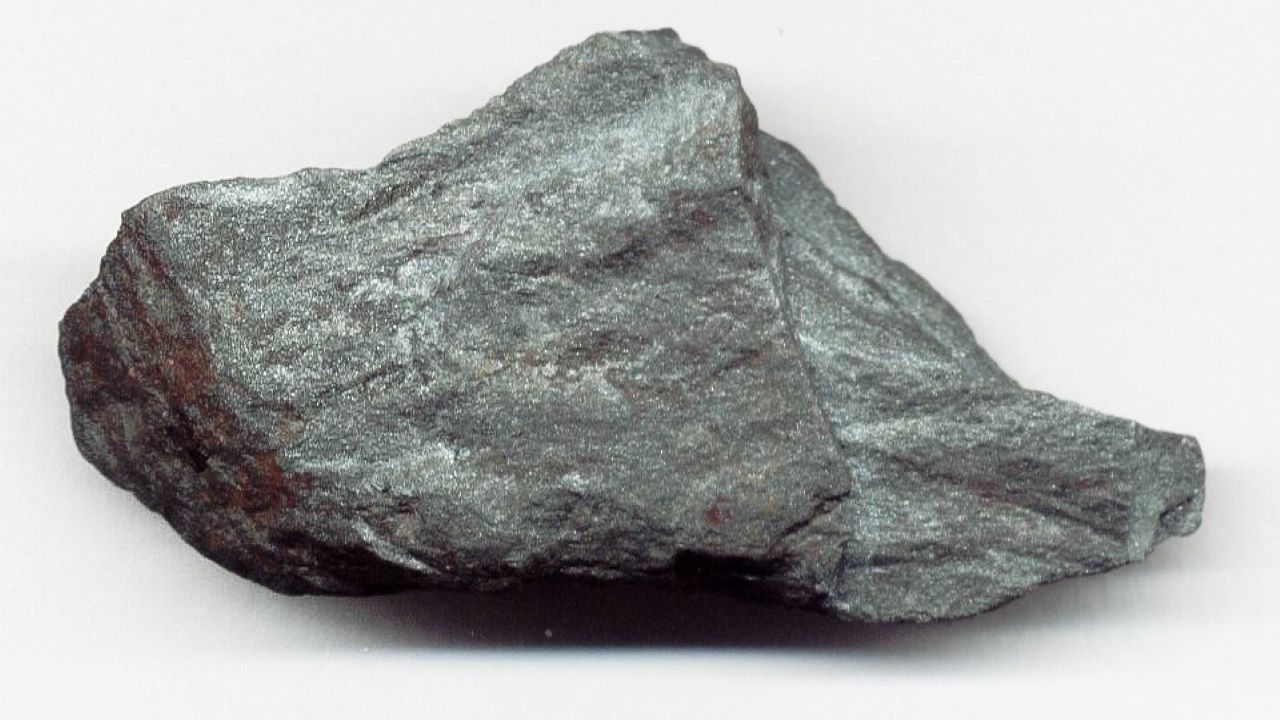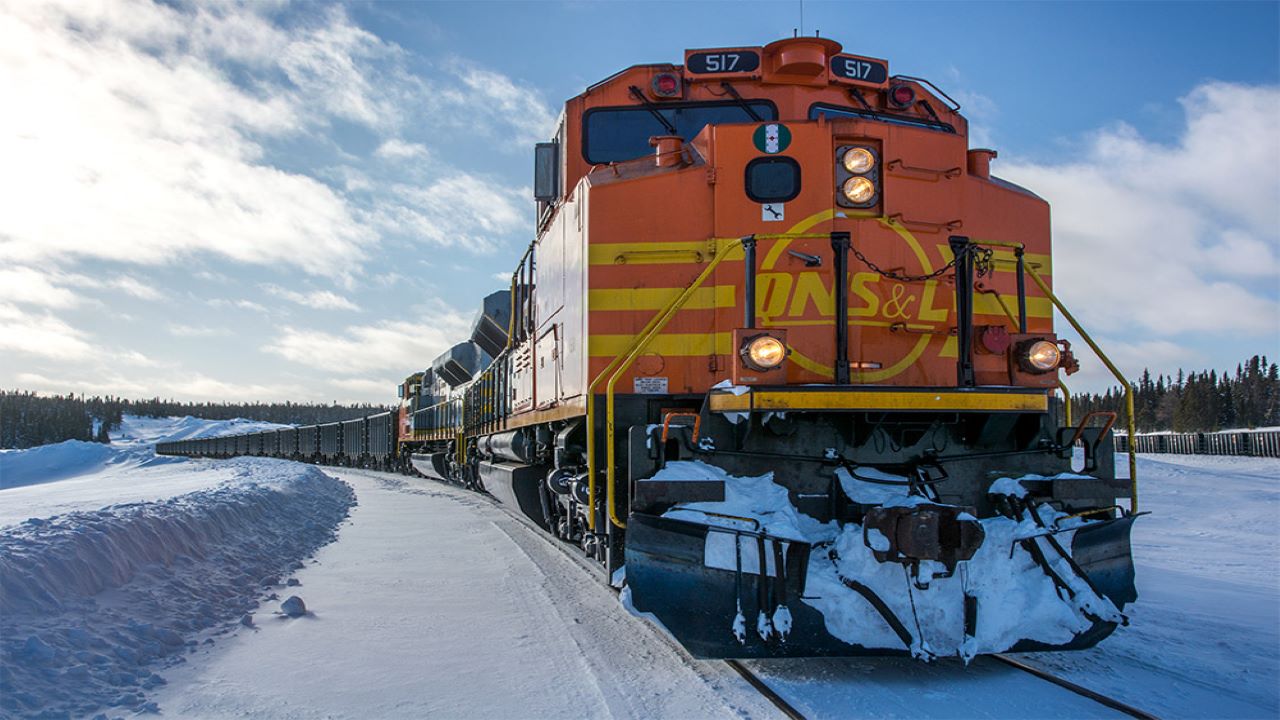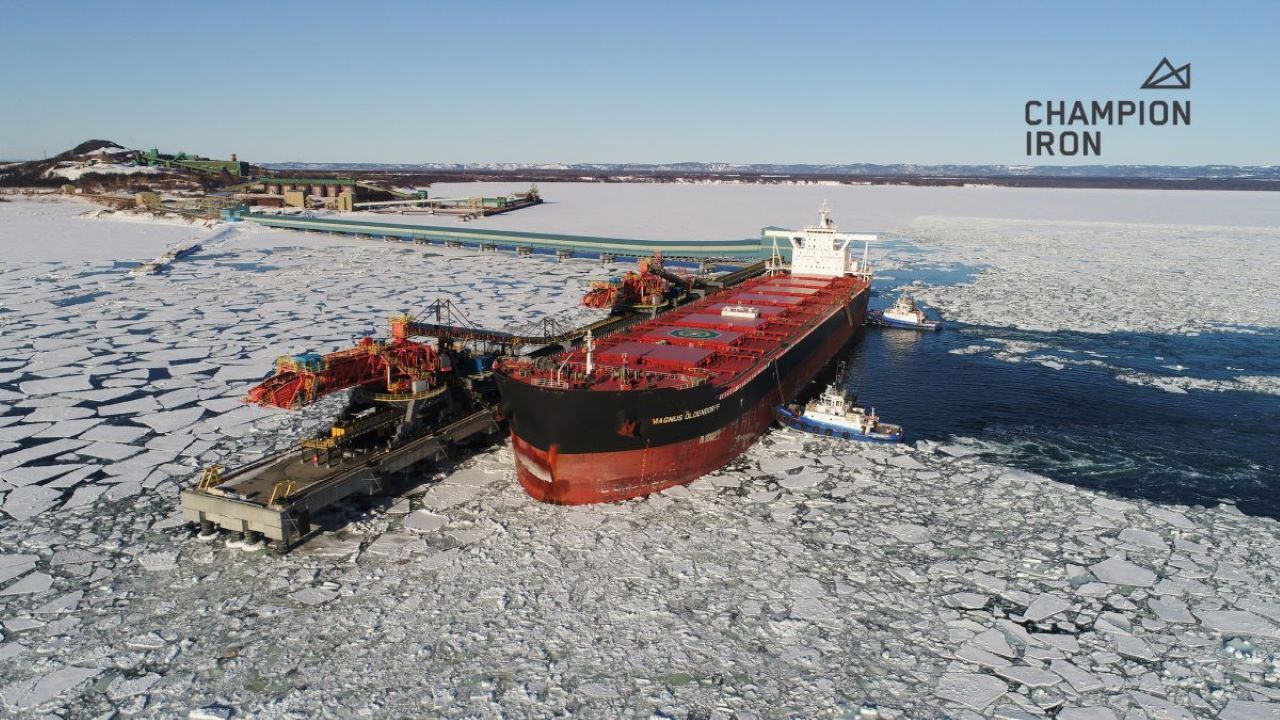The Bloom Lake Property is an open-pit iron mining operation located in the province of Quebec, Canada.
The project is fully owned by Champion Iron through its subsidiary Quebec Iron Ore.
The environmental impact assessment (EIA) of the Bloom Lake Mine project was submitted in December 2006. Consolidated Thompson Iron Mines, a former owner of the property, commenced mining operations at the mine in 2010. The property was acquired by Cliffs Natural Resources through the acquisition of Consolidated Thompson Iron Mines in 2011. Mining operations continued until December 2014 before the mine was put under care and maintenance in January 2015.
The Bloom Lake assets were acquired by Champion Iron in April 2016. A feasibility study was completed in February 2017 followed by the restart of operations in February 2018. The feasibility study for the Phase II expansion was announced in June 2019 while the Champion Iron’s board of directors approved the expansion in November 2020.
The expansion project proposes to double the current iron concentrate production of the mine while offering a potential life of mine of 20 years.
Bloom Lake project location and geology
The Bloom Lake property is located in the north-eastern part of Quebec, approximately 13km north of Fermont and 30km south-west of the municipalities of Wabush and Labrador City. The Bloom Lake property encompasses 53 mineral claims within the mining lease BM877, which spans approximately 2392ha.
The Bloom Lake Iron Deposit lies within the Fermont Iron Ore District of the Grenville Province. Located at the southern end of the Labrador Trough, it contains gently plunging east-west trending synclines that are separated by a north-to-north-west anticline.
Mineralisation and reserves
Mineralisation at Bloom Lake comprises iron formation and quartzite occurring within a metasedimentary series of biotite muscovite-quartz-feldspar-hornblende-garnet-epidote schists and gneisses. Two separate iron formations separated by several metres of gneiss and schist merge at the north-west of the deposit. Folded segments and inclusions of iron formation occur in the central part of the syncline surrounded by amphibolite.
The proven and probable mineral reserves at the Bloom Lake property were estimated at 807 million tonnes at an average grade of 29% Iron (Fe), as of June 2019.
Mining methods
The mining operations at the Bloom Lake property involve conventional open-pit mining methods of drill and blast with electric hydraulic shovels, wheel loaders and mine trucks. Operations are currently being carried out at the Chief’s Peak and West pits under as Phases 1A and 1B which comprise the initial phase of the mine development. The second phase involves the pushback of mining operations in both the mining areas.
The Chief’s Peak pit is 2,500m-long and 1,850m-wide at the east end while the West pit is 1,890m-long and 950m-wide with a narrow 1,300m-long and 200m-wide southern limb.
Four electric drive hydraulic face shovels with 28m³ buckets will be used to perform the majority of the loading operations in the second phase. The hydraulic shovels will be supported by four front-end wheel loaders while the haul fleet will include 218t trucks.
Bloom Lake Phase II expansion project mineral processing
The expansion project will expand the phase one concentrator by doubling its annual production in conjunction with the addition of the new concentrator for phase two. The Bloom Lake phase two concentrator has a designed processing rate of 2,650tph with an expected Fe recovery rate of 82.5%. The two phases are expected to combined production of 15Mtpa of concentrate.
The run-of-mine (ROM) ore will undergo crushing in crusher one and crusher two. It will be stockpiled before being fed to the autogenous mill for further grinding. The ground undersize will be pumped to the gravity concentration circuit to be diluted with water to produce a rougher feed.
The rougher feed will be introduced into a multi-stage separation circuit with rougher, middlings, scavenger and mag cleaner spirals, cleaner and scavenger-cleaner up-current classifiers, including low-intensity magnetic separators (LIMS) and wet high-intensity magnetic separator (WHIMS).
The LIMS will recover magnetite concentrate while the WHIMS will recover a concentrate of hematite. The concentrate will be fed to the mag cleaner spiral stage to produce the final concentrate that will be filtered in pan filters and stockpiled before being loaded into railcars for export.
Infrastructure
Primary access to the mine site is via a 5km-long road that connects the Bloom Lake mine with Highway 389. The project site is also accessible by road from Baie-Comeau and the Wabush Airport approximately 30km away in Newfoundland & Labrador.
Hydro-Québec currently supplies the electrical power for the project via a T-tap from the 315kV, Montagnais-Normand transmission line L3039 to a Quebec Iron Ore-owned 315-34.5kV substation.
The existing rail network constitutes three segments to transport iron ore concentrate from the mine site to the port of Pointe Noire and the Port of Sept-Îles. The current rail fleet includes 735 insulated ore cars, and 450 additional railcars are planned under the phase two expansion. The expansion will also involve the construction of a second concentrate storage silo with a capacity of 30,000t to supply the rail cars.
Contractors involved
BBA was engaged for the phase two feasibility study to provide consultancy for the project execution, geology and mine development plan.
Mineral processing consultancy Soutex received a contract to provide the mineral processing, metallurgical testing and recovery methods as part of the feasibility study of the Phase II expansion.
WSP was appointed to conduct environmental and permitting, tailings storage management and hydrological studies for the expansion of the iron mine in Quebec.






